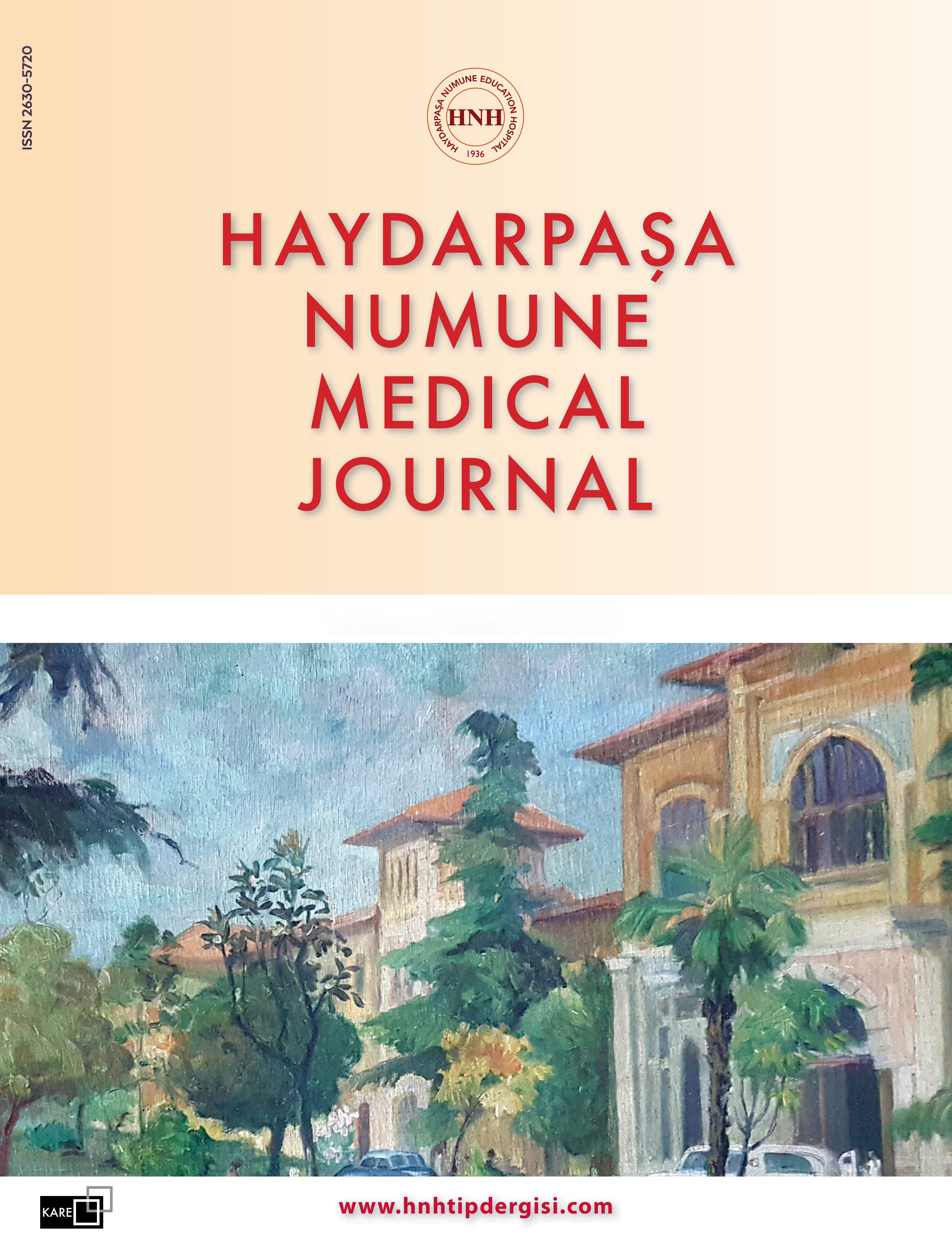Comparison of the Effects of Fentanyl and Dexmedetomidine Administered in Different Doses on Hemodynamic Responses During Intubation
Elvan Tekir Yılmaz1, Nihal Kadıoğulları2, Saadet Menteş21Department of Anesthesiology and Reanimation, Giresun University Prf. Dr. İlhan Özdemir Training and Research Hospital Anesthesiology and Reanimation, Giresun, Türkiye2Department of Anesthesiology and Reanimation, Ankara Oncology Training and Research Hospital,Ankara, Türkiye
INTRODUCTION: The present study is intended to compare the effects of dexmedetomidine administered in two different doses and of fentanyl before induction to prevent hemodynamic response caused by laryngoscopy and endotracheal intubation in ASA I-II group patients.
METHODS: On obtaining the approval from the hospital ethics board and patient approvals, 60 general surgical patients between the age of 20 and 65 years who were in ASA I-II risk group were included in the study. In addition to routine monitoring, Bispectral index (BIS) monitoring was performed. Group F was injected 2 µg/kg fentanyl, Group D1 was injected 0.5 µg/kg dexmedetomidine, and Group D2 1 µg /kg dexmedetomidine as iv bolus for 1 min. After the injection, SBP, DBP, HR, and BIS values were recorded at definite intervals of 1, 3, 5, and 10 min after intubation.
RESULTS: We have found that administration of 0.5 and 1 µg/kg IV dexmedetomidine and 2 µg/kg fentanyl before anesthesia administration suppressed the increase in heart rate and blood pressure in response to laryngoscopy and intubation. There was no significant predominance of high and low doses of dexmedetomidine over each other and fentanyl. In addition, there was no significant difference between thiopental consumption, while sedation scores and BIS values were significantly different.
DISCUSSION AND CONCLUSION: Dexmedetomidine is as effective as fentanyl in suppressing hemodynamic responses to laryngoscopy and intubation and can be used as an alternative to fentanyl.
Manuscript Language: English
















